|
In an ideal world you'd see pictograms here, rather than actual letters and words. But don't worry this will be translated soon enough. Having grown up in the South, I remember a huge debate as to whether Ebonics would be taught in schools. Ebonics is language in and of itself that possesses particular grammar and phonology, where some would argue it is inherited via lineage and others consider it slang. Like Ebonics, maybe the same could be said for Emojis? As human beings we sometimes overlook various languages infiltrating our culture, everything from slang to body language helps shape our daily lives.
In the late 1990s with the infiltration of technology and cellular telephones, Shigetaka Kurita and NTT DoCoMo's i-mode mobile internet platform in Japan designed the world's first emojis. Emoji means picture + character where the tiny symbolic images represent electronic message. So rather than calling someone, you can send them tiny images and text to convey your thoughts. Although texting is not fully embraced by everyone, it is safe to say most of the world probably likes emojis. They are cute, funny, sweet, silly, and make most people smile. Historically speaking the ball got rolling in the 60's when Charlie Ball designed the first ever yellow smiley face with the tag line "Have a nice day!" which was then sold to Bernard and Murray Spain, where they would eventually profit over $500 million. So it was in the stars for popular and material culture to embrace the emojis, where comedian Aziz Ansari recreated the lyrics of Kanye West and Jay-Z's song "N*ggas in Paris" via text, while Victoria Secret debuted emoji underwear. Herman Melville's classic Moby Dick has been translated into emoji where hopefully next up is this blog post. There are emojis representing almost anything you can think of; a toaster, smelly fish, Ferris wheel, fireworks, man on the moon, tents and tits, spaghetti noodles, two girls dancing, a smiley face barfing, and my favorite the illustrious middle finger. The New York recently published an article about the lack of a Hot Dog emoji, where in fact it's only a matter of time. Soon enough there will be more emojis than words, a Webster's Dictionary of emojis, emoji language classes, maybe we'll even embrace the fact of not speaking and begin to mime emojis?
2 Comments
Margaret
8/4/2014 11:38:22 am
I love emoji's-your mom, not so much
Reply
6/29/2017 08:08:51 am
..................................................................
Reply
Leave a Reply. |
LAJ
100 Objects of Popular and Material Culture is an blog exploring the manifestations of human consumption and commodity-ization. The purpose of this experiment is to explore material and popular culture in contemporary society by using objects and concepts to prompt wider questions and reflections. So by emulating The British Museum's and Neil MacGregor's format of A History of the World in 100 Objects I plan to satirically analyze and reinterpreted 100 material culture objects over the course of 2014. Material Culture is the study of our culture's consumption of stuff; namely the manifestation of culture through material productions where people's perceptions of objects is socially and culturally dependent. With this, objects reflect conscious and unconscious beliefs on the the individuals who fabricated, purchased, or used them, and by extension the society where they live. So examining materiality, cultural truths and societal assumptions may be discovered. As anthropologist Arjun Appaduai states "in any society the individual is often caught between the cultural structure of commodity-ization and his own personal attempts to bring a value and order to the universe of things." Objects and commodities make up a much larger symbolic system consisting of want and need, socio-economic status, fashion, etc. Often times form follows function whether the commodity, market, and or consumer forever evolve around one-another. Philosopher Pierre Bourdieu's theories of capital flow full circle; where regardless if you are a minimalist or a hoarder the world is made up of things and everyone will leave their footprint on the earth. So by humorously analyzing marketed objects and concepts, hopefully this blog will provide further incite into ideas of over-consumption, a disposable society, consumerism vs. anti-consumers, planned obsolescence vs. sustainability, as well as the greater good of mankind and future generations. Archives
March 2015
Categories |
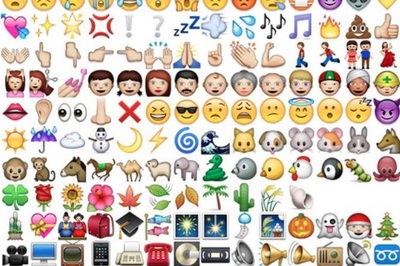


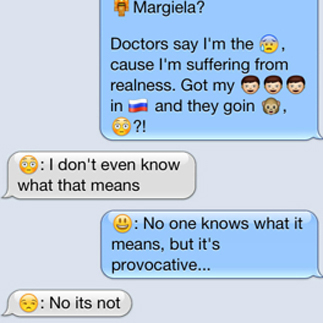
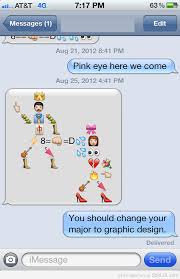

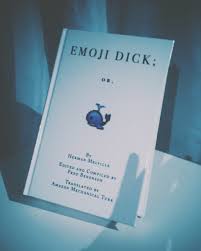
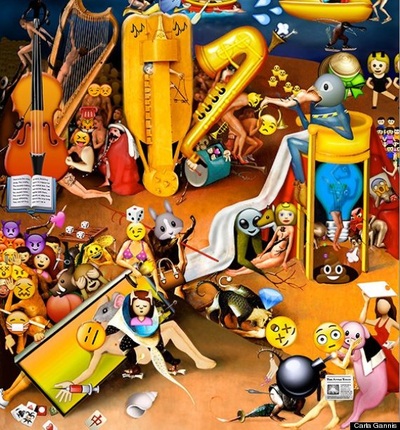
 RSS Feed
RSS Feed